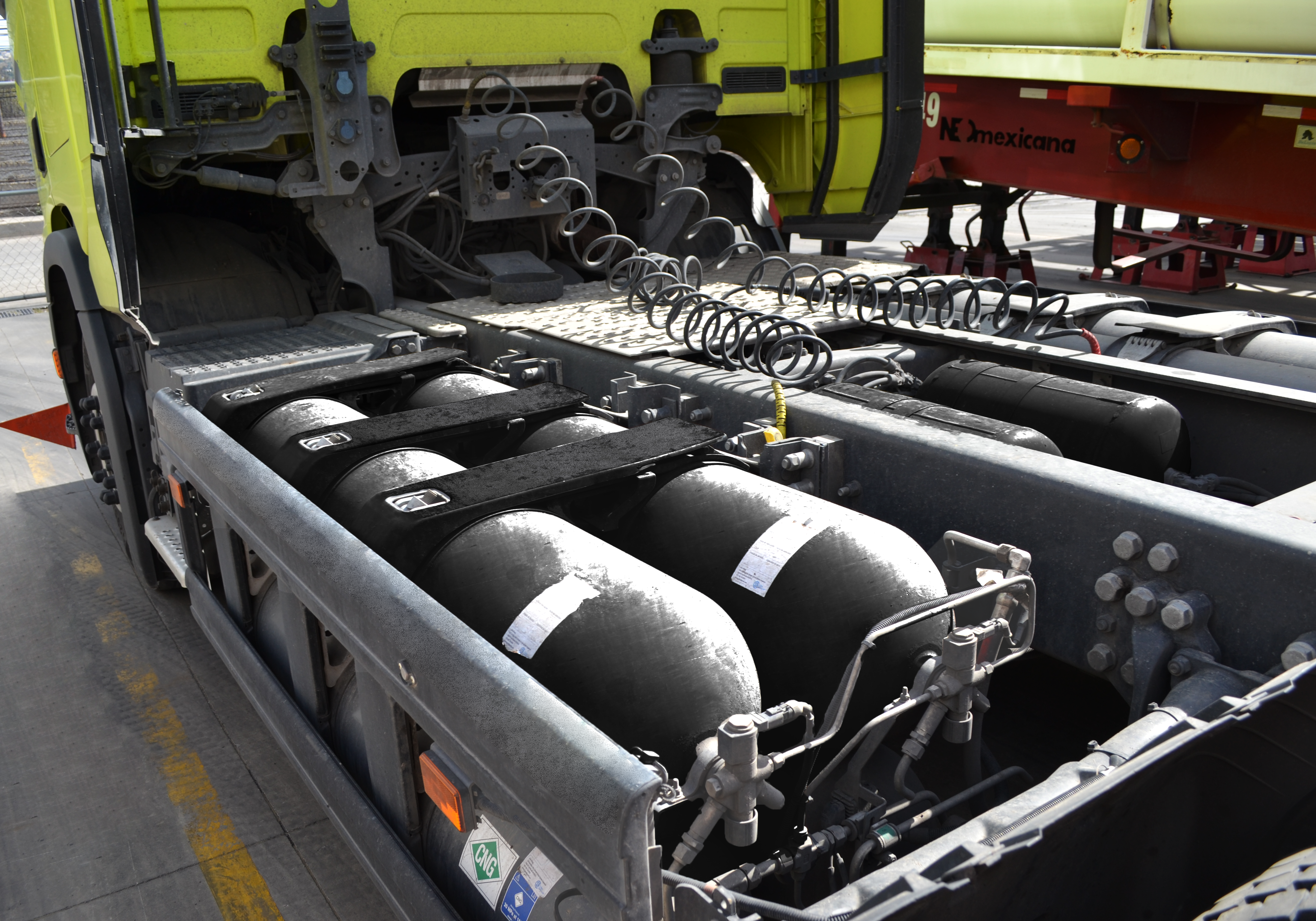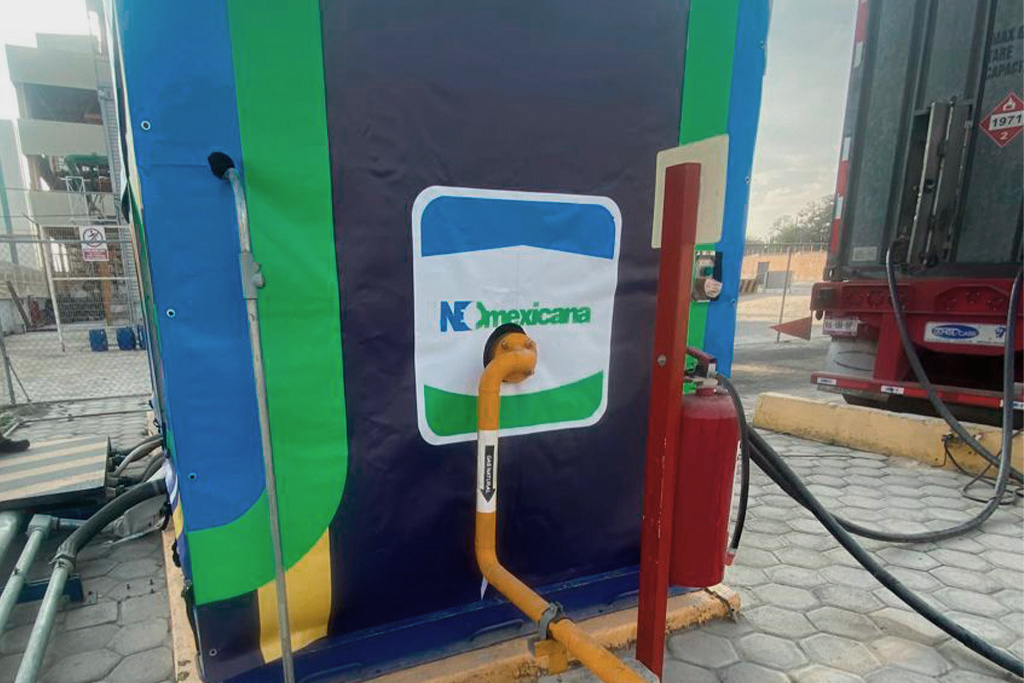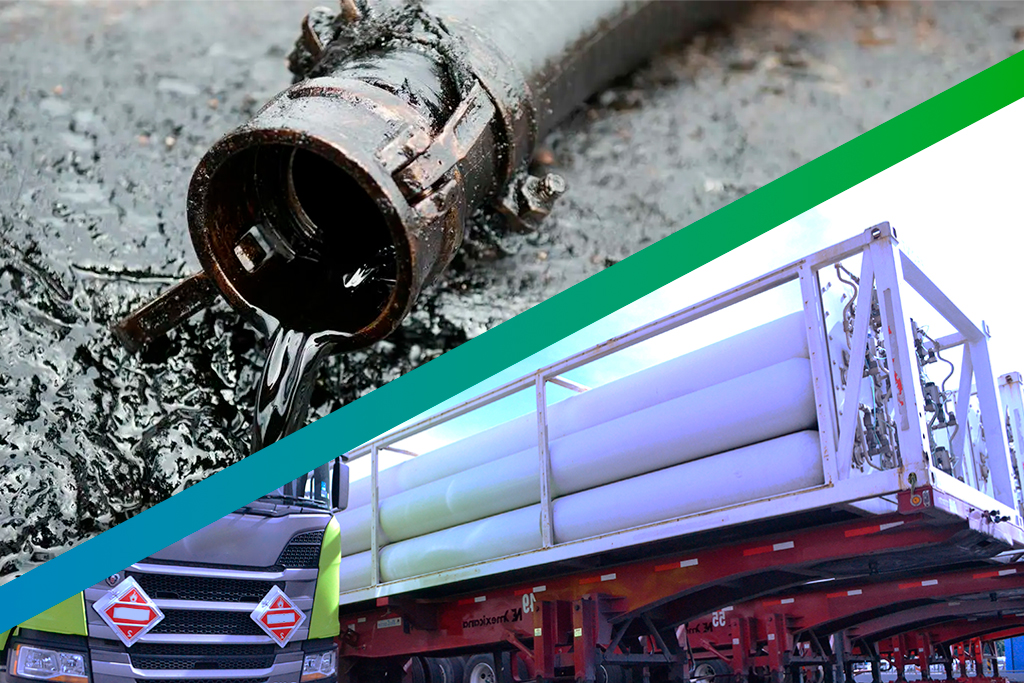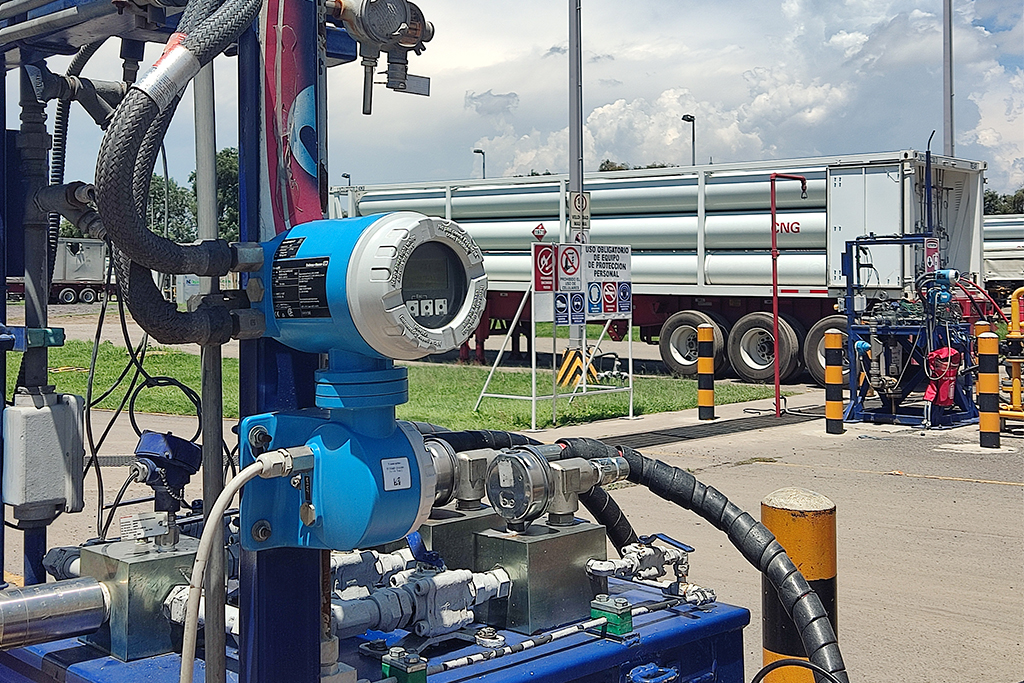Natural Gas Vehicles (NGV) under the spotlight
In the current energy landscape, Natural Gas Vehicles (NGV) has emerged as a steadily rising option in Mexico. However, despite its growing popularity, a certain lack of knowledge persists and it is essential to delve into its details in order to understand its impact.
In this article, we will answer the most common questions related to NGV, from its essence as a vehicle fuel to the different types that compose it, examining each aspect in depth to provide a complete view of this emerging phenomenon.
- ¿What is Natural Gas Vehicles or NGV?
In essence, NGV is natural gas used as a vehicle fuel, presenting itself as an efficient alternative to both gasoline and diesel. Their use has been gaining ground due to their ability to provide sustainable and economical vehicle performance.
- ¿What types of NGVs are there?
NGV can be classified into two main types, each with physical characteristics:
- Compressed natural gas: Gas stored and transported at a pressure of approximately 250 bar.
- Liquefied natural gas: Transported and stored in liquid form at a temperature of -162 °C.
- ¿How do NGV vehicles work?
Operation is similar to that of gasoline or diesel vehicles, but with some key differences:
- The natural gas is stored in a tank or cylinder located inside the vehicle (these are tested under the strictest safety conditions).
- Further on, natural gas is transported from the storage cylinder to the combustion chamber through fuel lines.
- Finally, inside the combustion chamber, the natural gas is mixed with air, compressed and ignited with a spark plug, transforming it into kinetic energy that will move the vehicle.
It is possible to use gasoline or diesel vehicles, notwithstanding special adaptations are required. Fortunately, today there are a variety of workshops and financing options for conversions.

- ¿What are the benefits of using NGV?
The benefits of opting for NGV are remarkable and go beyond economic savings, reaching environmental and performance aspects:
- Higher savings of more than 40%.
- More environmentally friendly by reducing polluting emissions.
- Decrease in engine sound levels.
- Promotes the adoption of new technologies in the vehicle sector.
- Minimizes traditional dependence on gasoline and diesel.
- ¿Which vehicles can use NGV?
Usually, the sector that has benefited the most from NGV has been public transport and cargo, notwithstanding the vehicles that can use NGV are:
- Automobiles.
- Vans.
- Buses.
- Tractor-trailers.
- Trains.
- Special vehicles: mixer trucks, excavators, among others.
- ¿What are the NGV supply options?
NGV is not only an option for a few; its access has been democratized through:
- Network of Public Stations, strategically distributed throughout the country.
- Self-supply stations, located within private facilities, ideal for truck fleets and public transportation services.
In conclusion, natural gas vehicles are presented as a powerful and viable alternative in the current fuel landscape. By demystifying its operation and highlighting its benefits, it opens the door to a future where efficiency, economy and sustainability converge on the road.






